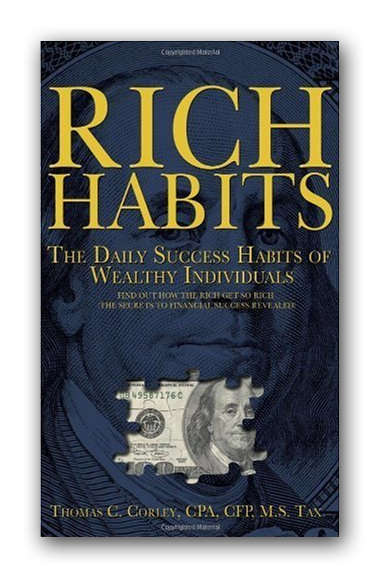
The conscious part of your brain is the neocortex, or outer layer of the brain. It’s only been around for about 200,000 years. The conscious brain is limited – it can only focus on one thing at a time. It is incapable of multitasking.
The subconscious parts of your brain, the limbic system and brain stem, have been around for millions of years. It is highly evolved, powerful, versatile and able to multitask to an amazing degree. Intuition (gut feelings), controlling emotions, keeping your organs functioning simultaneously, memory formation and many, many other things, performed all at once.
Because the conscious brain is limited in what it can do, it likes to offload tasks and behaviors to the subconscious brain, which it knows to be all powerful.
Habits are automated behaviors and processes that have been offloaded by the conscious brain to the subconscious. This novel solution to cognitive overload, sets your conscious mind free. Once a behavior becomes a habit, the conscious mind is set free.
When you think of habits, think of them as your friend – they exist to set you free.
Habits give you freedom to think. Freedom to daydream. Freedom to create. Freedom to make decisions. Freedom to problem solve.
When you forge Rich Habits, over time, they create freedoms everyone desires:
- Freedom From Financial Struggles.
- Freedom from Poor Health.
- Freedom From Toxic People.
- Freedom From Unhappiness.
- Freedom From Debt.
- Freedom to Do Work You Love.
- Freedom to Spend Your Wealth Engaging in Activities You Enjoy.
- Freedom to Spend More Time With Loved Ones.
Even better, when you forge Rich Habits, you can pass on those habits to your children, and set them free.







